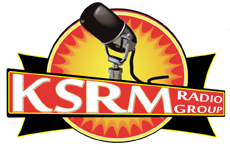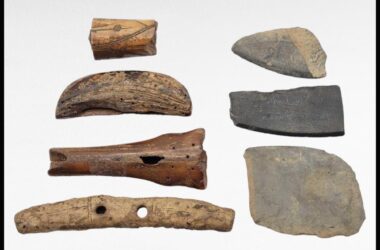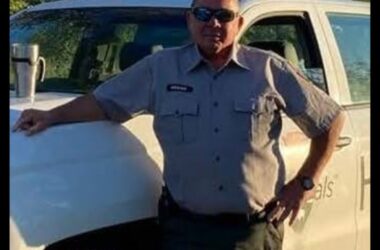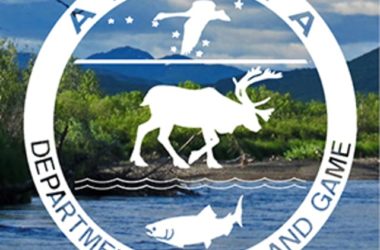As the Cooper Landing Bypass project continues construction at an interminable pace, estimated costs continue to rise. A lot. In 2018 construction costs were projected to fall in the neighborhood of $350 million. The most recent estimate? $840 million.
When such a long anticipated project like the Cooper Landing Bypass sees such an eye-popping increase in cost (there’s really no other way to describe a 120% jump, which exceeds three quarters of a billion dollars), the first question on everyone’s mind is: How did that happen?
According to the Director of Communications for the Alaska Department and Public Facilities, Shannon McCarthy, this increase is less due to arbitrary increases in project expenses, and more attributable to federal involvement. As McCarthy explains it, there are certain cost thresholds for large projects like these which prompt an evaluation from the fed.
“Once [the cost] bumped up above $499 million, there’s a $500 million threshold that it becomes what our federal partner consider a ‘major project,’ and so that brings additional scrutiny. So we pumped it up to $690 million, and then that triggered a federal assessment,” McCarthy said in a phone interview.
McCarthy explained how the $840 million number was the result of that federal partner’s assessment of the Cooper Landing Bypass (officially referred to as Sterling Highway MP 45-60).
The DOT&PF does not take this price tag lightly, however, and acknowledges the need for reevaluation. The department will need to evaluate which aspects of the federal assessment led to such a dramatic increase in projected costs, and ask honest questions about how efficiently this project is being executed.
Let’s assume any forthcoming reevaluations of Sterling Highway 45-60 yield no reductions in the overall projected cost. Where is the state supposed to get nearly $1 billion dollars in funding for a project many thought would already have a finish line in sight?
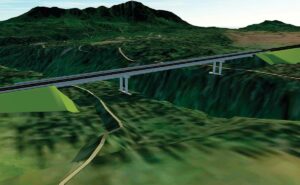
In a press release, the DOT&PF said the state is working to mitigate increasing project cost estimates, and that project funding for the Juneau Creek Bridge – the current project phase – is in the Draft 2024-2027 Statewide Transportation Improvement Program (STIP). The release acknowledged how costs have doubled over the past five years, and how the DOT&PF is evaluating options to seek discretionary grant opportunities and innovative financing, to keep the project on track without having to delay hundreds of other transportation projects statewide over the next three years.
If “discretionary grant opportunities and innovative financing” sounds vague, that’s because it is. However, that, coupled with transparency on the undesirable cost increases (the release states openly, “The cost estimate changes between 2022 and 2023 alone represent an 18% increase in pricing, outpacing previous estimates”), at least suggests an attempt to be proactive on the part of the state. Perhaps, considering the price hike came at the hands of a federal assessment, one could assume the funds necessary to meet the cost might come from the same source? McCarthy echoed this notion, suggesting this is at least one course the state will pursue when she shared their intent to apply for grants offered by the federal government for projects like the Cooper Landing Bypass.
“One of the [grants] that we’re interested in competing for with this project is what they call a ‘Mega Project.’ So, these [are for] really large projects that are difficult to finance, they spread over many years, which is exactly the scenario we’re talking about. We’ll go ahead and try to secure funding through that program. And if there are other eligibilities that we can go after, we’ll do that too.”
The carrot of a federal safety net may be just that, however, because it should be noted that in the event grant funding, and “innovative financing” don’t pan out, the ultimate bill will fall on the State of Alaska, i.e. its tax payers. The press release sums this up stating, “As the State works to resolve the shortfall in the near term, the 2024-2027 Statewide Transportation Improvement Program (STIP) and the FY25 Capital Budget will reflect project needs over the next four years.”
Or, in plain speak, any federal grant funding will be, in effect, reimbursement.
The Cooper Landing Bypass will continue construction nevertheless, and McCarthy also assuaged concerns that the cost increases could end up sending the project back to the drawing board;
“The project has continued to move forward, but right now they have $120 million in federal funds that they’re [using to build], what we call stage three and four, which is on the East end of the project. And then next year the bridge will start, and that’ll last a couple of years.”
Construction of the Juneau Creek Bridge abutments are anticipated to begin in 2024, with construction of the bridge continuing through 2026. Currently, as designed, the Juneau Creek Bridge will be the highest crossing in the state at 285 feet and the longest single-span bridge in Alaska.
The first phase of the Sterling Highway MP 45-60 went to construction in 2019. The purpose is to increase the safety of travelers, improve access for residents and businesses, increase efficiency, reduce risk to the Kenai River, and improve noise, air, and congestion in Cooper Landing.
The Draft 2024-2027 STIP is open for public review and comments now through Sept. 3. The document can be reviewed at www.dot.alaska.gov/stip, and public comment can be submitted the website or via text at 855-925-2801 or via phone voice message at 855-925-2801, code 2191.
The Alaska Department of Transportation and Public Facilities oversees 237 airports, 9 ferries serving 35 communities, over 5,600 miles of highway and 839 public facilities throughout the state of Alaska. The mission of the department is to “Keep Alaska Moving through service and infrastructure.”
